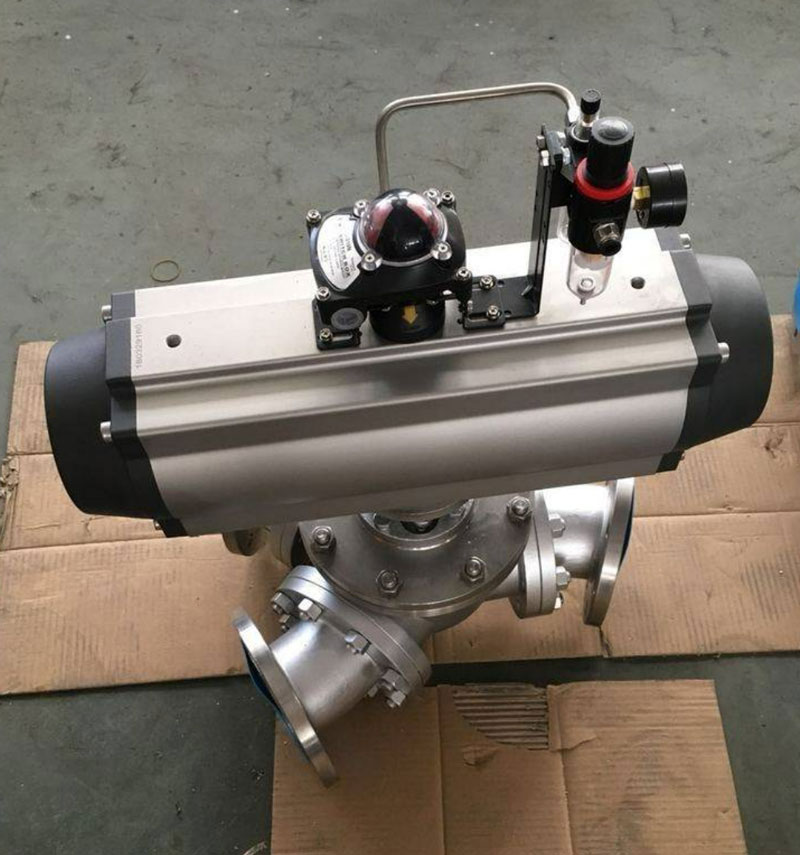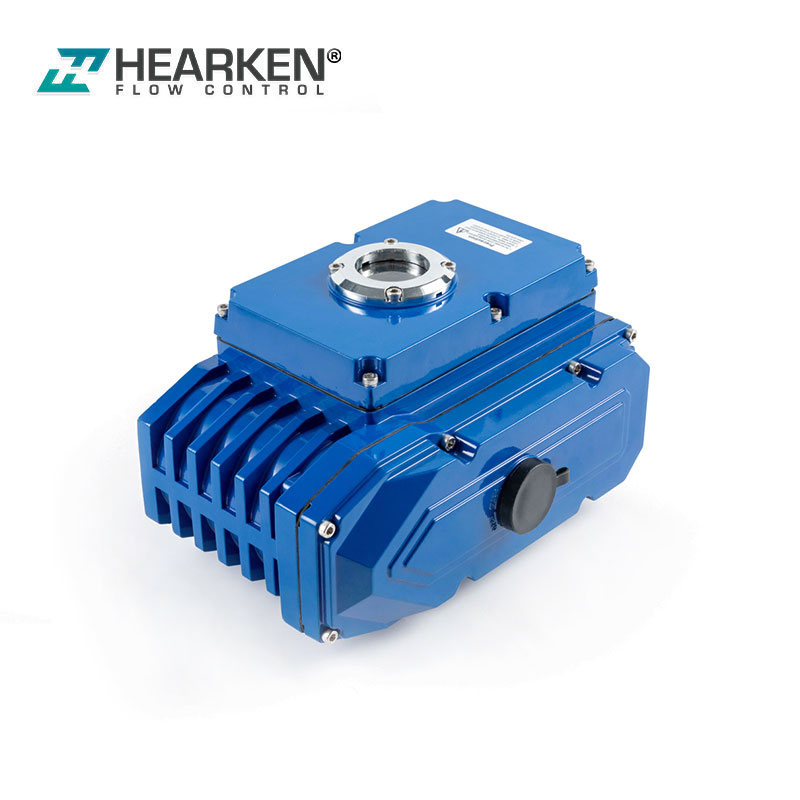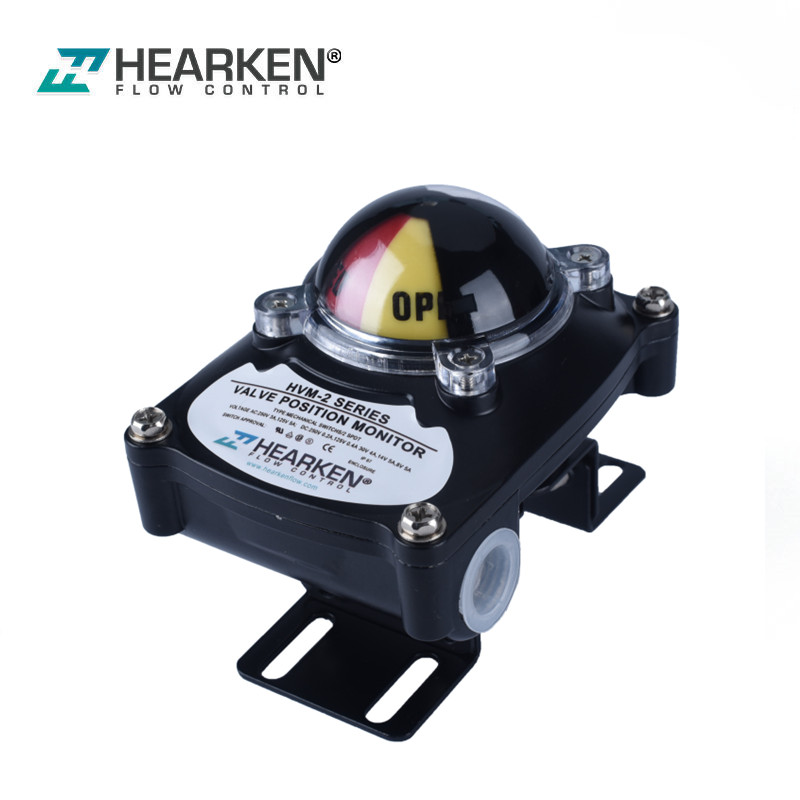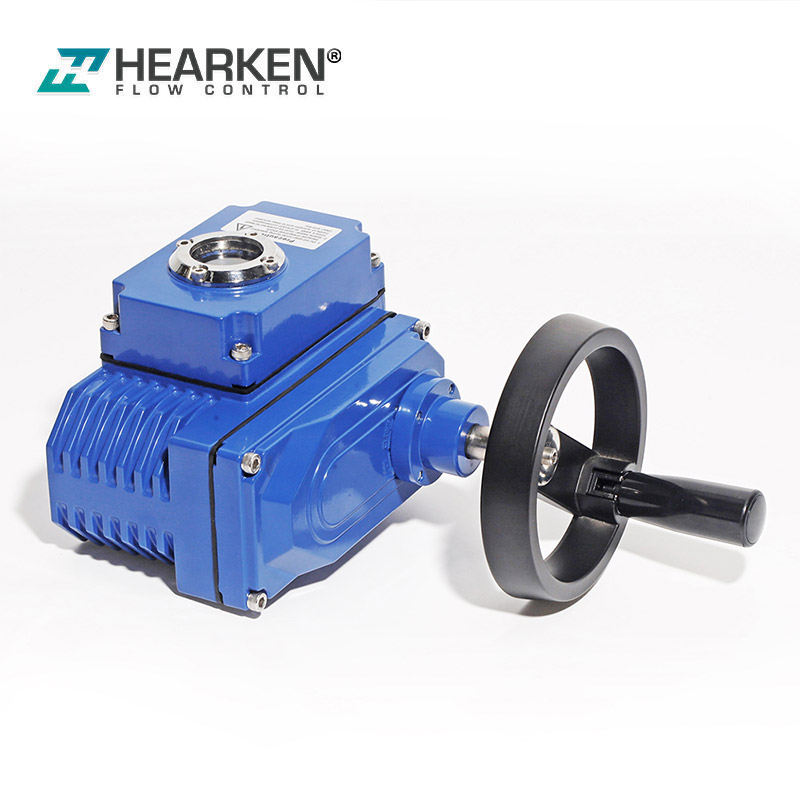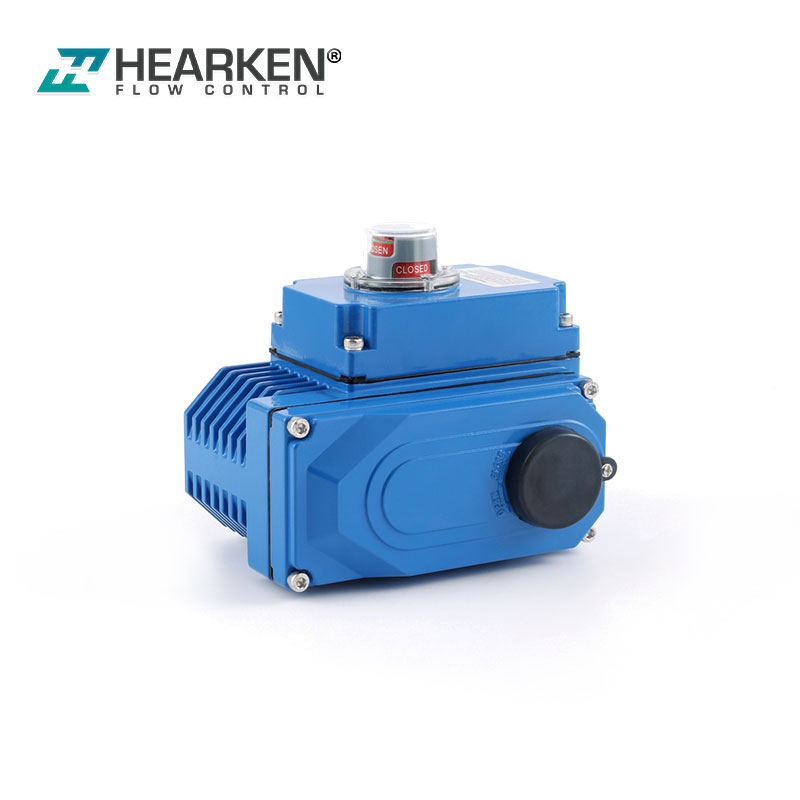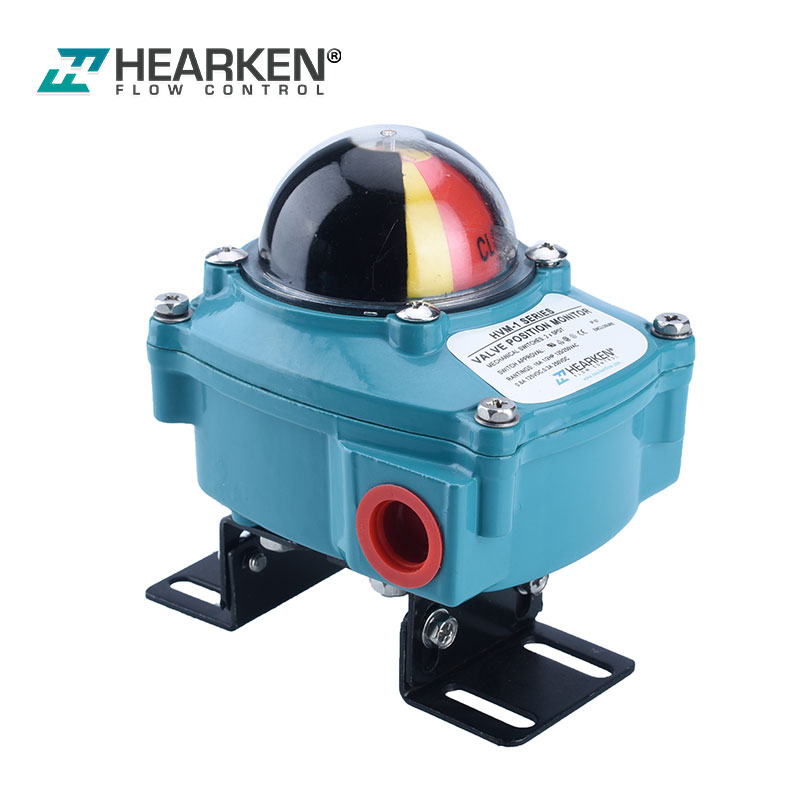Principle and characteristics of pneumatic three-way ball valve
Structural features of pneumatic stainless steel three-way ball valve:.
1. Top-mounted structure: The valves installed on the pipelines can be directly inspected and repaired online, effectively reducing device downtime and costs. This type of valve should generally be installed horizontally above the pipeline.
2. Friction-free opening and closing: Completely solves the problem of mutual friction between traditional valve sealing surfaces affecting sealing.
3. Low torque design: The specially designed valve stem can be easily opened and closed with just a small handle.
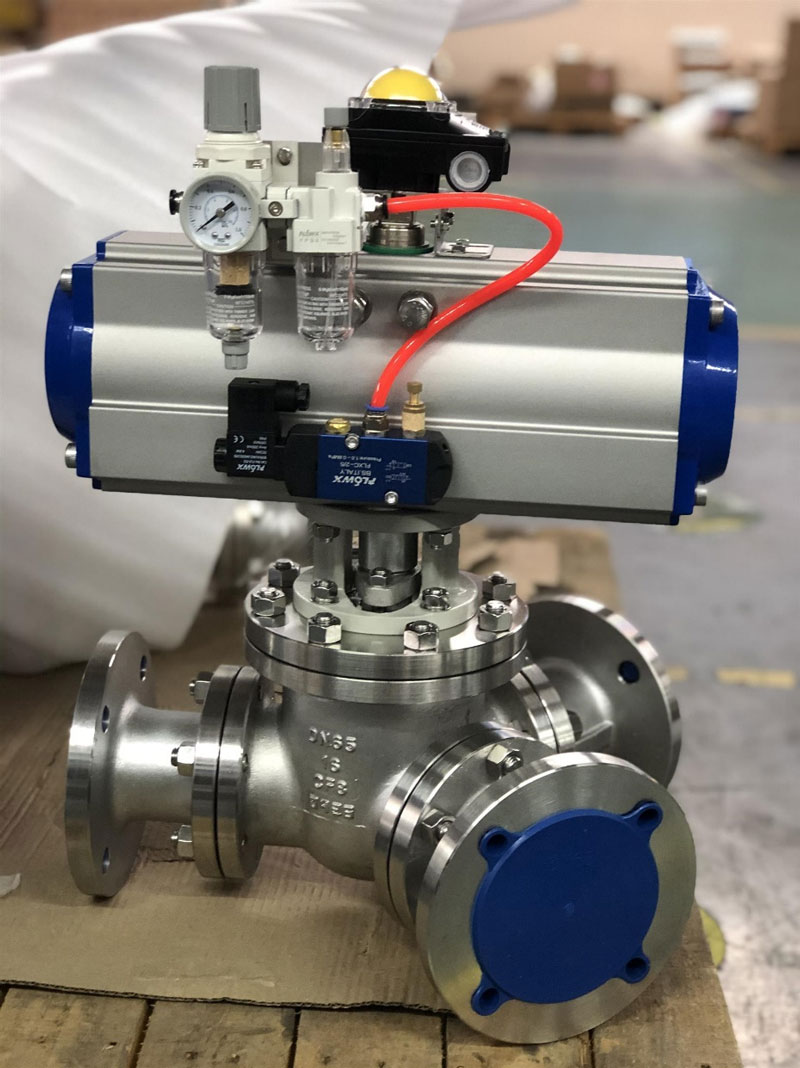
4. Wedge sealing structure: The valve uses the mechanical force provided by the valve stem to press the ball wedge on the valve seat to achieve sealing, so that the sealing performance of the valve is not affected by changes in the pipeline pressure difference. Under various working conditions The sealing performance is stable. There is a reliable guarantee.
5. Single valve seat design: Eliminates the problem of the medium in the valve cavity being affected by abnormal pressure rise.
6. Self-cleaning structure of the sealing surface: When the ball tilts away from the valve seat, the fluid in the pipe passes 360° evenly along the sealing surface of the ball, which not only eliminates the local erosion of the valve seat by the high-speed fluid, but also washes away the scale on the sealing surface. , achieving the purpose of self-cleaning.
Working principle of pneumatic stainless steel three-way ball valve:.
During the opening process,.
1. In the closed position, the ball is pressed against the valve seat by the mechanical pressure of the valve stem. .
2. When the handwheel rotates counterclockwise, the valve stem moves in the opposite direction, and the angular plane at the top causes the ball to break away from the valve seat.
3. The valve stem continues to rise and fall and interacts with the guide pin in the spiral groove of the valve stem, causing the ball to start rotating without friction. 4. Until it reaches the fully open position, the valve stem is lifted to the extreme position and the ball rotates to the fully open position.
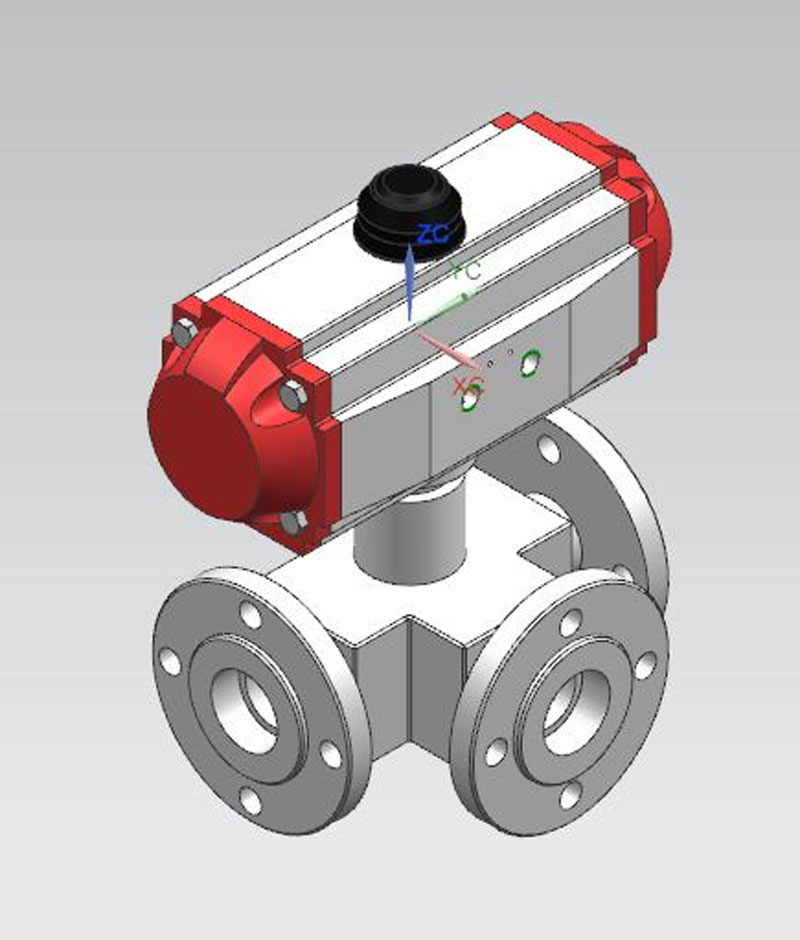
When closed, .
1. When closing, rotate the handwheel clockwise, the valve stem begins to fall, and the ball leaves the valve seat and begins to rotate.
2. Continue to turn the handwheel. The valve stem is acted by the guide pin embedded in the spiral groove on the valve stem, causing the valve stem and the ball to rotate 90° at the same time.
3. When it is about to close, the ball has rotated 90° without contacting the valve seat.
4. During the last few turns of the handwheel, the angular plane on the top of the valve stem mechanically wedges the ball, pressing it tightly against the valve seat to achieve a complete seal. .
